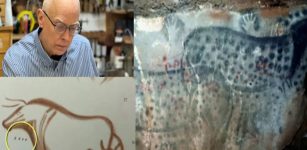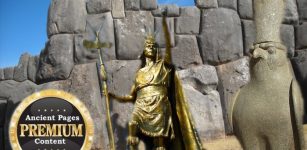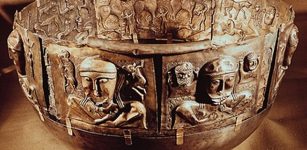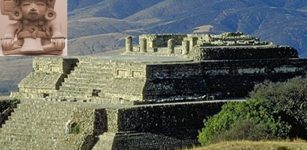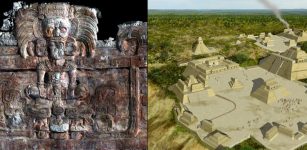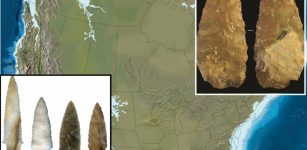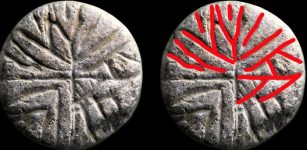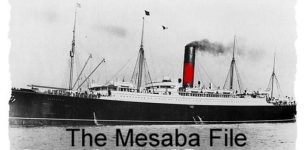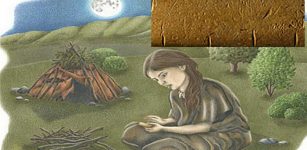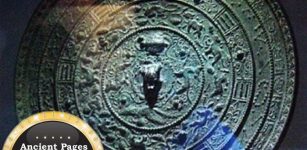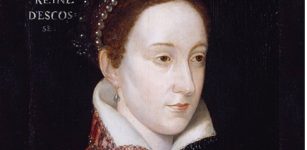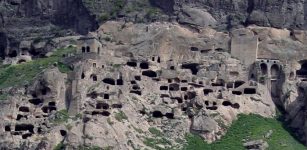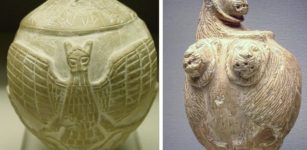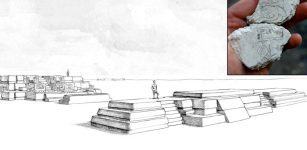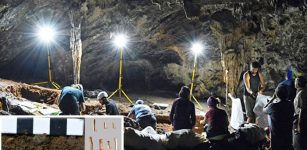DNA Reveals The History Of Modern And Archaic Humans Is Much Longer And More Complicated Than Previously Thought
Jan Bartek - AncientPages.com - A recent comprehensive DNA study reveals that modern humans have a much longer and more complex history with archaic humans than previously believed. Scientists have presented intriguing findings from this genetic research, challenging traditional models that attribute certain genetic innovations solely to modern Homo sapiens.
The question of what makes us human is deeply rooted in our evolutionary history. Homo sapiens evolved through a series of important genetic events, including a population bottleneck around 900,000 years ago.
This period is believed to coincide with significant genomic changes, such as the fusion of chromosome 2 and the translocation of the pseudoautosomal region 2 (PAR2). Despite differences in appearance and culture, both modern and archaic humans share some recent genomic traits.
Our lineage has developed recent functional variants in 56 genes, with 24 associated with brain functions and skull morphology. These variants did not transfer to Neanderthals after interbreeding post-350 thousand years ago, possibly due to their unique association with modern humans or because Neanderthals' small population size limited their spread.
Researchers at the Department of Biology at the University of Padova have pinpointed crucial genomic milestones in Homo sapiens evolution, highlighting key chromosomal changes and specific gene variants that shaped modern human characteristics. The similarities found between modern and archaic human genomes indicate that many defining features of Homo sapiens' genetic makeup emerged before these lineages diverged.
3 Major Evens In Human Evolution
Approximately 650,000 years ago, modern humans began to diverge from Neanderthals and Denisovans. Throughout history, multiple interbreeding events have occurred, allowing for the exchange of genetic traits among these groups. Notably, at least one such event between modern humans and Neanderthals took place around 350,000 years ago.
Driven by a desire to uncover our shared evolutionary history, scientists have explored significant events over the past million years. Their research focuses on key moments such as (Event 1) the population bottleneck around 900,000 years ago—linked to genomic rearrangements— (Event 2) the divergence of modern and archaic human ancestors 650,000 years ago, and (Event 3) interactions between African human lineages and Neanderthals approximately 350,000 years ago.
Researchers used coalescence analyses, mutation rate estimates, and archaic admixture signatures to study the human genome and trace key variant emergence. Molecular clock assessments estimated the minimum age for the PAR2 translocation, while phylogenetic methods tracked timing and frequency changes of shared variants in modern and archaic populations.
Event 1 marks a significant reduction in ancestral human populations, linked to major chromosomal changes like chromosome 2 fusion and the PAR2 translocation from X to Y chromosomes. Denisovan and Neanderthal genomes showed PAR2 on both X and Y, similar to modern humans, suggesting this change happened before the divergence of archaic and modern lineages, between 856,000 to 1. 3 million years ago.
Researchers found 11 SNVs in male chromosome X's PAR2 regions absent in females, indicating they are likely male-specific mutations initially misidentified. These SNVs appeared after Y-PAR2 sequences diverged from X-PAR2. Using a mutation rate of 3 x 10-8 per base pair per generation, it was estimated that all Y-PAR2 sequences diverged from the X-PAR2 gene pool around 518,000 years ago. This lies between the translocation event and when all modern human Y chromosomes share their most recent common ancestor about 338,000 years ago.
During Event 2, as modern humans diverged from Neanderthals and Denisovans, scientists studied "Human650 regions" by analyzing unique modern human variants. They found recent functional variants in 56 genes specific to modern humans, 24 related to brain functions and skull morphology.
These changes, emerging soon after divergence, are crucial for aspects of human biology and behavior. The Altai Neanderthal genome showed more recent coalescence events than the Denisova genome. Variants unique to modern humans were rare in Neanderthals during Event 3.
This suggests that when Homo sapiens interbred with Neanderthals around 350,000 years ago during Event 3, certain ancestral variants were reintroduced, enhancing genetic diversity.
Specific gene variants often disappear in small populations due to genetic drift, where inbreeding over extended periods results in reduced genetic diversity. This process led to the loss of certain genetic variants that were once present in Neanderthal populations.
When modern humans interbred with Neanderthals, it was less about introducing new genes and more about reintroducing previously lost genetic variants back into the Neanderthal gene pool. The study provides valuable insights into the complex history of archaic and modern human genomes, highlighting how these groups interacted again around 50,000 to 65,000 years ago, continuing their intertwined journey of genetic and cultural exchange.
"Overall, our findings suggest Modern and Archaic groups are populations of a single human species with independent mutations and cultural innovations," the research team wrote in the study.
Written by Jan Bartek - AncientPages.com Staff Writer


